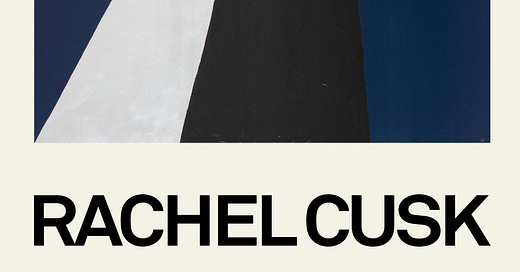Virginia Woolf once observed that literary convention resembles social convention. A hostess doesn’t comment on the weather because she wants to discuss meteorological conditions: “She begins by saying that we are having a wretched May, and, having thus got into touch with her unknown guest, proceeds to matters of greater interest.” In a similar way, literary convention establishes a “common meeting-place” that is “reached easily, almost instinctively, in the dark, with one’s eyes shut.” Characters will be internally coherent; plots will unfold dramatically and end conclusively: these are the expectations with which we approach fiction and through which, as Woolf puts it, the “difficult business of intimacy” between writer and reader can begin.
Keep reading with a 7-day free trial
Subscribe to Book Post to keep reading this post and get 7 days of free access to the full post archives.



